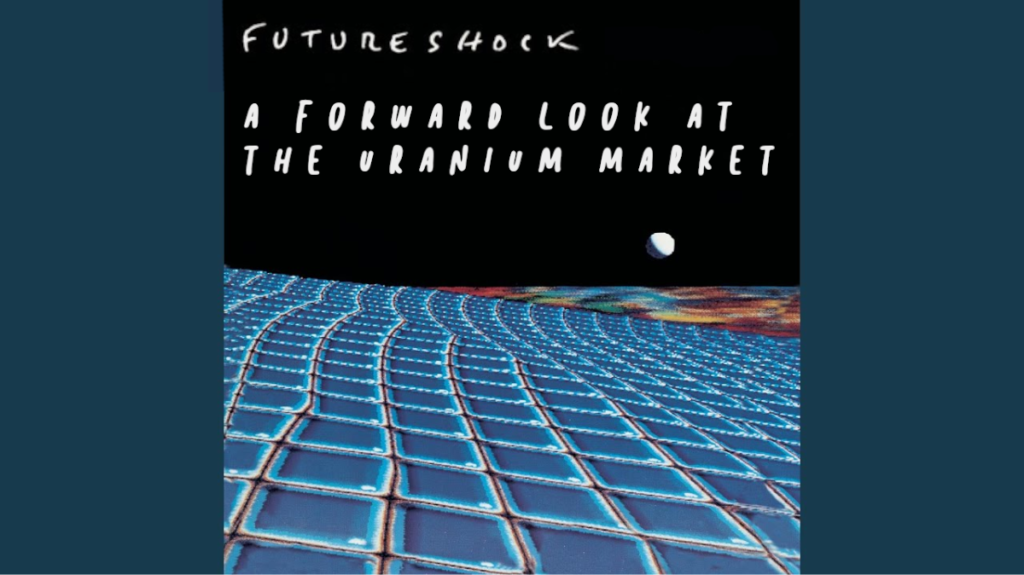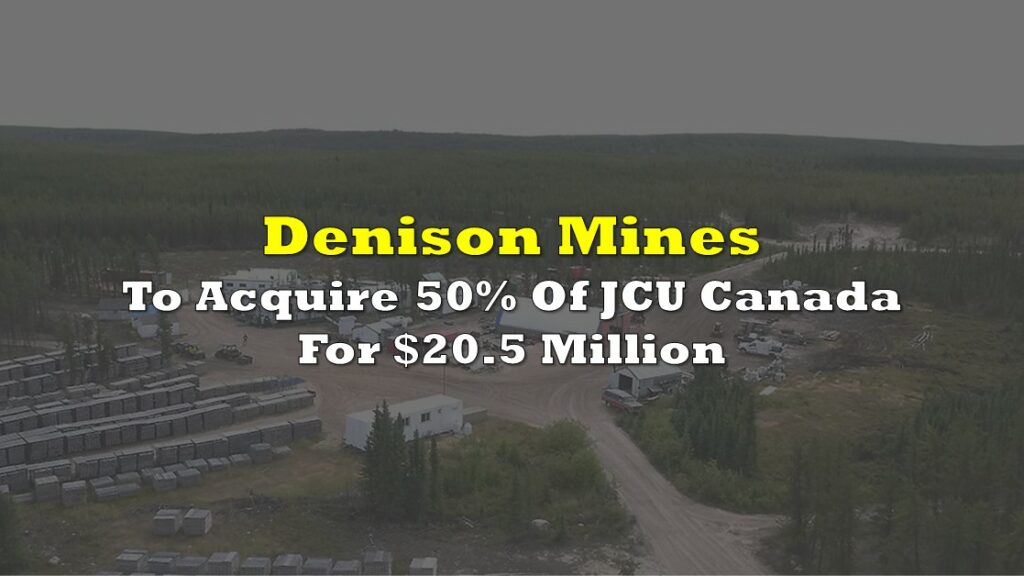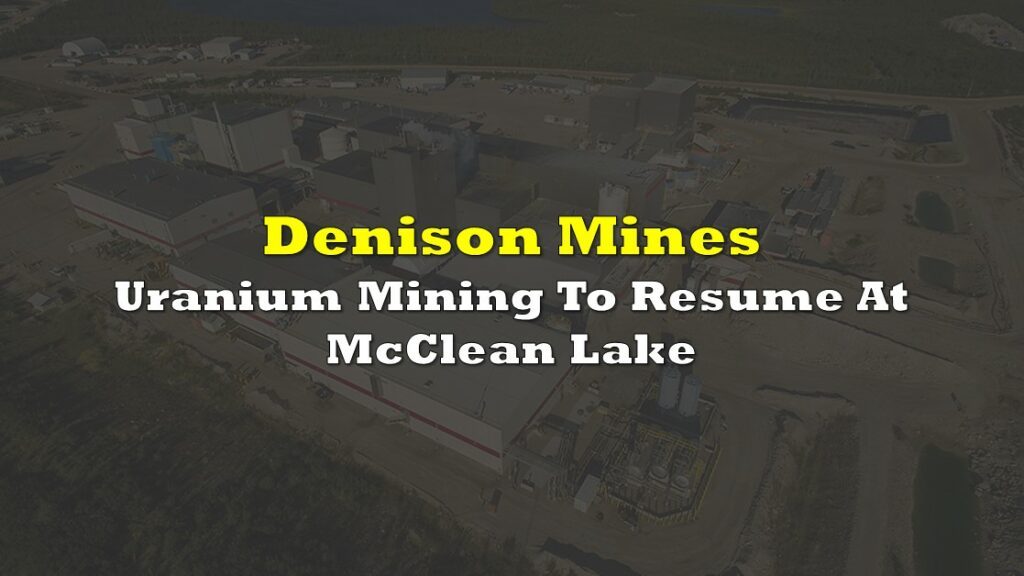Canada right now is caught up in a wave of nationalism.
That wave follows actions and decisions made by the governing party of the day to the south of us. Phrases such as “elbows up” dominated our recent election cycle, which ultimately led Mark Carney and his Liberal party to resuming control of Parliament.
Despite my reservations related to the winning party as a westerner, and the implied ridiculousness of the “elbows up” phrase and its key proponents, this wave of nationalism isn’t necessarily a bad thing. For too long Canadians have been reluctant to support domestic industry, particularly when it comes to our natural resources, instead favoring to resign ourselves to largely being government employees that are supported by the few corporations that exist here, or to being real estate agents that simply contribute to an illogical bubble.
But the tide is changing. A recent Environics Research found that a majority of Canadians (56%) favour reducing barriers to natural resource development, versus Canadians a decade ago overwhelmingly wanting more barriers to resource development (63%).
Shockingly, at least for a Westerner, the study also found that 73% of us Canadians support a western pipeline, with 60% of Canadians supporting the oil sands. Yet even more (81%) Canadians want to see the government invest in green tech and sustainable energy sources.
And it is against this backdrop that Carney has argued for new infrastructure and major projects “at speeds not seen in generations.” Talk is cheap from politicians, and few would disagree with that sentiment. But on this front Carney’s Liberals appear to have delivered. At least so far.
The first major legislation proposed by this Liberal Government was Bill C-5, deemed the One Canadian Economy: An Act to enact the Free Trade and Labour Mobility in Canada Act and the Building Canada Act, which specifically includes language focused on the expedited approval of large infrastructure projects. That legislation, tabled just 19 days after Carney’s cabinet was sworn in, passed the House and Senate in 20 days, and on June 26 received Royal Assent, 105 days after Carney was sworn in as Canada’s 24th Prime Minister.
That might be a slow pace in the private sector, but in the public sector, it’s quite impressive and signals Carney is actually serious about this legislation. Or at least is serious about the optics surrounding it.
The Building Canada Act
With that Act now in place, the Government of Canada is to move immediately forward with consultations to determine the initial list of national interest projects. A criteria has been established for the parties involved to follow, which consist of five key points that a project will be evaluated against:
- Strengthen Canada’s autonomy, resilience and security;
- Provide economic or other benefits to Canada;
- Have a high likelihood of successful execution;
- Advance the interests of Indigenous Peoples; and
- Contribute to clean growth and to meeting Canada’s objectives with respect to climate change.
One of the key angles to this effort is that any project added to the national interest projects list is expected to have a federal review completed within 2 years time, with the effort to focus on “how” a project can get built rather than “whether” it should be built. At the same time, a motto of “one project, one review” is being adopted as part of an effort to remove duplicity among the different levels of government.
Complaints aside about how this time frame and stance is just now coming into force (and quite frankly is even viewed as being acceptable), it is a positive development for Canada’s economy. Even if the timeframe is still far longer than many would deem reasonable.
While hopes were high that Carney in early June would release a list of nation-building projects at the first ministers’ meeting held in Saskatoon, that never materialized. Instead, provinces, territories, and Indigenous right-holders are expected to advance the initial projects for consideration under the new fast-track program, after which the Governor in Council, if they are of the opinion that a project may be in the national interest, is expected to add it to a schedule of projects pursuant to the Building Canada Act.
That initial Schedule is currently expected to be released in early September, in line with the establishment of a new major projects office.
Much speculation has occurred in the media in relation to what projects are expected to move forward, with CBC suggesting Nova Scotia’s Wind West and Atlantic interties, Nunavut’s Grays Bay port and road, Manitoba’s Port of Churchill, Alberta’s Pathways Alliance carbon capture pipeline, Ontario’s Ring of Fire and the oilsands’ northwest coast bitumen pipeline are on the short list.
The National Observer meanwhile suspects that the short list for fast tracking includes a coastal LNG facility in BC, critical minerals mines in Ontario, Nova Scotia’s Wind West, Nunavut’s Grays Bay project, alongside a number of electricity transmission projects and perhaps most significantly to fellow Saskatchewanian’s, the nuclear supply chain.
The Nuclear Supply Chain
While the National Observer could not confirm specifically which projects will be included in the fast tracking effort, they did indicate that they managed to confirm the federal government is “actively considering a handful of projects that collectively would form the backbone of a [small modular reactor] supply chain.”
Given the role that the provinces play in proposing projects for fast tracking, the notion that Saskatchewan’s focus would be on nuclear and the related supply chain is not surprising. SaskPower, the provincial crown corporation responsible for electrical infrastructure in the province, is in the planning stages of establishing the province’s first small modular reactor.
The province is also the world’s second largest uranium producer, producing 16.7 thousand tonnes of the critical mineral last year worth $2.6 billion in topline sales. While two new mines – Denison Mine’s Wheeler River and NexGen Energy’s Rook I projects – await federal regulatory approvals to begin construction, which would further boost the local provincial economy.
In the case of Denison Mines, the company has been working through Canadian Nuclear Safety Commission approvals since May of 2019 in an attempt to construct an in situ recovery mine that produces up to 12 million pounds (5.4 million kilograms) of uranium concentrate (U3O8) annually for 15 years. After years of working through the Commission’s processes, a final public hearing on whether an application should be approved is to be held the first week of December, 2025.
For NexGen Energy, the timeline has been even more egregious. The company, who is seeking approval for their Rook I project in the Athabasca Basin to produce up to 30.8 million pounds (14.0 million kilograms) of U3O8 annually for 24 years, began the application process with the Canadian Nuclear Safety Commission back in early May 2019. Their final public hearing on the matter is scheduled for February 2026, despite Rook I receiving provincial environmental assessment approval back in November 2023.
For those keeping track at home, that is nearly seven years of regulatory hurdles before shovels are able to get in the ground to build a mine. In the case of NexGen, the timeline for discovery through to seeking federal approval to build a mine was only five years – two years shorter than the currently ongoing process of obtaining federal permits to proceed.
Signs of frustration at the provincial level with delays in project permitting also appear to be emerging, with Premier Scott Moe being quoted in a recent NexGen news release as stating, “The Rook I Project is one of the most significant projects across the country and we are keen to see it prioritized by the Government of Canada accordingly. Our government is proud to approve these infrastructure activities which are well within our jurisdiction and that are scheduled to commence imminently. [..] I look forward to working with newly elected Prime Minister Mark Carney to expedite the final Federal approval of this generational opportunity for Saskatchewan and Canada.”
In the case of NexGen, the province of Saskatchewan has plenty on the line. Based on a 2021 feasibility study, Rook I over the life of the project is estimated to generate $1.13 billion in provincial revenue royalties, and a further $1.68 billion in provincial profit royalties. For the federal government, the tax line item alone is expected to result in an additional $2.40 billion for government coffers. Estimates which were conducted using long-term pricing of US$50/lb U3O8, while U3O8 currently trades at US$71.25/lb, meaning those figures are now likely to be higher.
Denison’s Wheeler River project meanwhile is expected to generate $1.8 billion in total taxes and royalties across all levels of government over the life of mine.
The notion that the government was previously operating under a model of “whether” it should be built instead of “how” it should be built given these revenue figures, is quite frankly, astounding. For this reason alone Mark Carney and his government should be fast tracking the continued development of Canada’s nuclear supply chain.
Factor in the fact that Russia accounts for 40% of global uranium enrichment, Indigenous groups stand to benefit greatly from the extraction of uranium, and that nuclear is considered a clean source of energy, and well, it seems all the boxes are checked in terms of fast track eligibility for the entire segment.
Now it’s just a matter of whether the political will at the federal level will allow it.
Information for this story was found via the sources and companies mentioned. The author has no securities related to the organizations discussed. Not a recommendation to buy or sell. Always do additional research and consult a professional before purchasing a security. The author holds no licenses.









